What is Scrum?
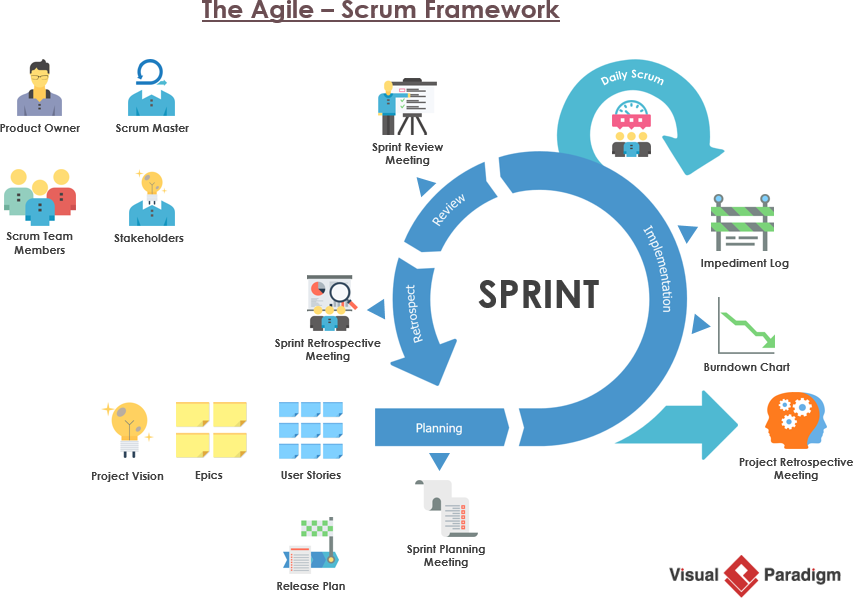
One of the most popular agile methodologies in use today. Scrum is a lightweight software development methodology that focuses on having small time-boxed sprints of new functionality that are incorporated into an integrated product baseline. Scrum places an emphasis on transparent customer interaction, feedback and adjustments rather than documentation and prediction.
Instead of phases, Scrum projects are broken down into releases và sprints. At the end of each sprint you have a fully functioning system that could be released:
With scrum projects, the requirements for the project do not have to be codified up-front, instead they are prioritized and scheduled for each sprint. The requirements are composed of ‘user stories’ that can be scheduled into a particular release and sprint:
Scrum is often deployed in conjunction with other agile methods such as Extreme Programming (XP) since such methods are in reality mostly complimentary, with XP focusing on the engineering (continuous exploration, continuous integration, test-driven development, etc.) and Scrum focusing more on the project management side (burn-down, fixed scope for sprints/iterations) as part of the product management. So, project managers should choose elements of the Scrum project management methodology and other methods/tools together for the specific project. Since Scrum is a more defined project management methodology in terms of tools and processes, it is often easier to adopt from day one with less initial invention and customization.
10 advantages of Agile Scrum Methodology
1. Revenue
Using Scrum, new features are developed incrementally in short Sprints. At the end of each Sprint, a potentially usable Increment of product is available. This enables the product to potentially be released much earlier in the development cycle enabling benefits to be realised earlier than otherwise may have been possible if we waited for the entire product to be “complete” before a release.
2. Quality
Maintaining quality is a key principle of development with Scrum. Testing occurs every Sprint, enabling regular inspection of the working product as it develops. This allows the Scrum Team early visibility of any quality issues and allows them to make adjustments where necessary.
3. Transparency
Scrum encourages active Product Owner and stakeholder involvement throughout the development of a product. Transparency is therefore much higher, both around progress and of the state of the product itself, which in turn helps to ensure that expectations are effectively managed.
4. Risk
Small Increments of working product are made visible to the Product Owner and stakeholders at regular intervals. This helps the Scrum Team to identify risks early and makes it easier to respond to them. The transparency in Scrum helps to ensure that any necessary decisions can be taken at a suitable/earlier time, while it can still make a difference to the outcome. Risks are owned by the Scrum Team and they are regularly reviewed. The risk of a failed initiative is reduced.
5. Flexibility/Agility
In traditional product development, we create big specifications upfront and then tell business owners how expensive it is to change anything, particularly as the project proceeds. We resist changes and use a change control process to keep change to a minimum. This approach often fails as it assumes we can know what we want with 100% clarity at the start of development (which we usually do not) and that no changes will be required that could make the product more valuable (which is unlikely with the speed of change in many organisations and markets today).
In agile development, change is accepted and expected. Often the time scale is fixed and detailed requirements emerge and evolve as the product is developed. For this to work, it is imperative to have an actively involved Product Owner who understands this concept and makes the necessary trade-off decisions, trading existing scope for new scope where it adds greater value.
6. Cost Control
The approach of fixed timescales and evolving requirements enables a fixed budget. The scope of the product and its features are variable, rather than the cost. As we are developing complete slices of functionality we can measure the real cost of development as it proceeds, which will give us a more accurate view of the cost of future development activities.
7. Business Engagement/Customer Satisfaction
The active involvement of a Product Owner, the high transparency of the product and progress and the flexibility to change when change is needed, create much better business engagement and lead to greater customer satisfaction. This is an important benefit that can create more positive and enduring working relationships.
8. A Valuable Product
The ability for requirements to emerge and evolve and the ability to embrace change help ensure the Scrum Team builds the right product which delivers the anticipated value to the customer or user.
It is all too common in more traditional projects to deliver a “successful” project and find that the product is not what was expected, needed or hoped for. In agile development, the emphasis is placed on building the right product that will deliver the desired value and benefits.
9. Speed To Market
Research suggests about 80% of all market leaders were first to market. As well as the higher revenue from incremental delivery, agile development supports the practice of early and regular releases.
10. More Enjoyable
The active involvement, cooperation and collaboration in successful Scrum Teams makes for a more enjoyable place to work. When people enjoy what they do, the quality of their work will be higher and the possibility for innovation will be greater. Happy and motivated people are more efficient, effective and more likely to stick around.

2022 sparked the AI revolution, 2023 saw it infiltrate the business world, and now, in 2024, we’re at the…
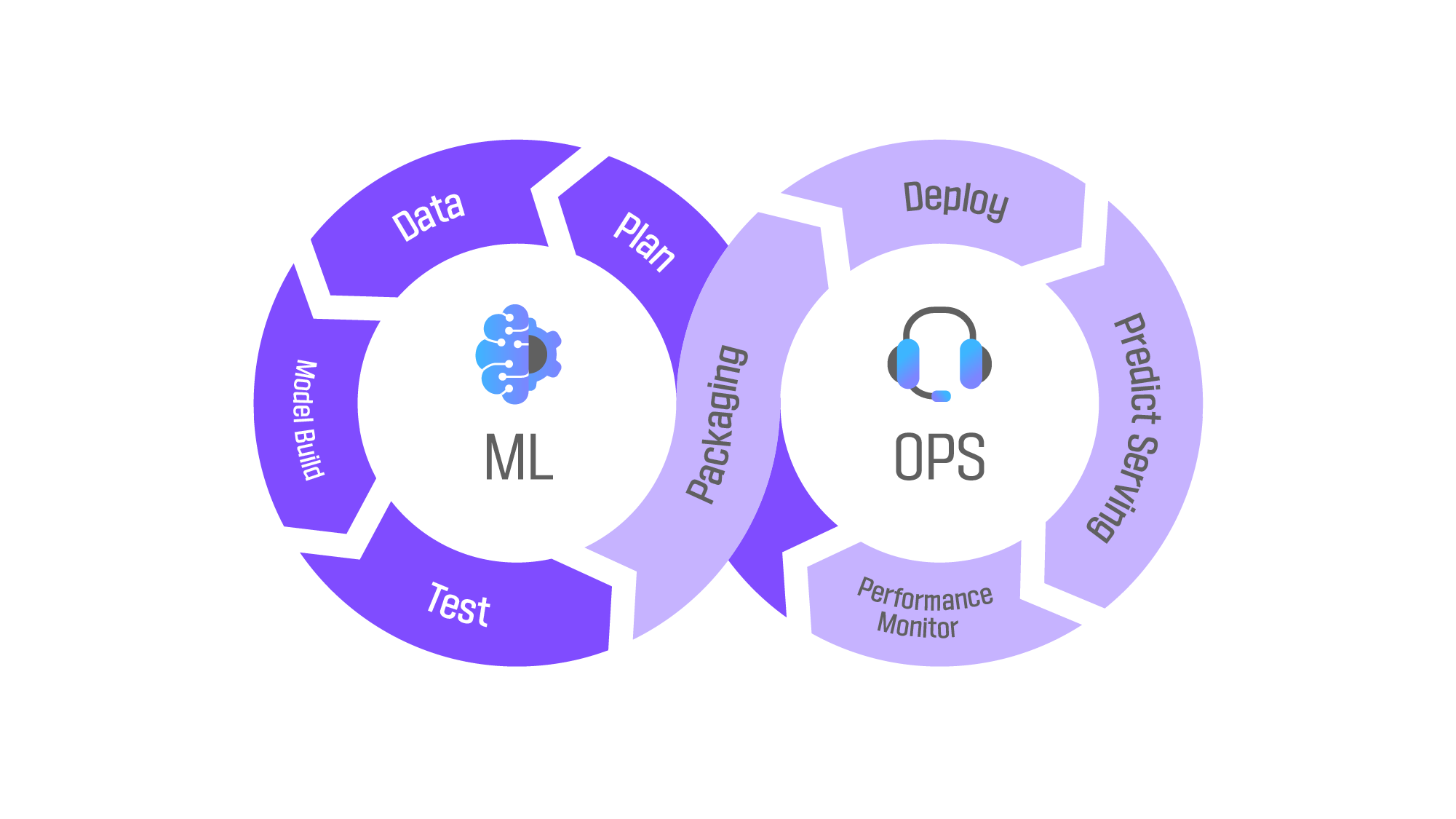
Hey there! Ever wondered what the buzz around MLOps is all about? Let’s break it down! MLOps, short for Machine…

Whisper represents a cutting-edge neural network model meticulously crafted by OpenAI, designed to adeptly tackle the complexities of speech-to-text conversions.…

Software development costs can be assessed through various methodologies, with two prominent approaches standing out: calculating based on module or…
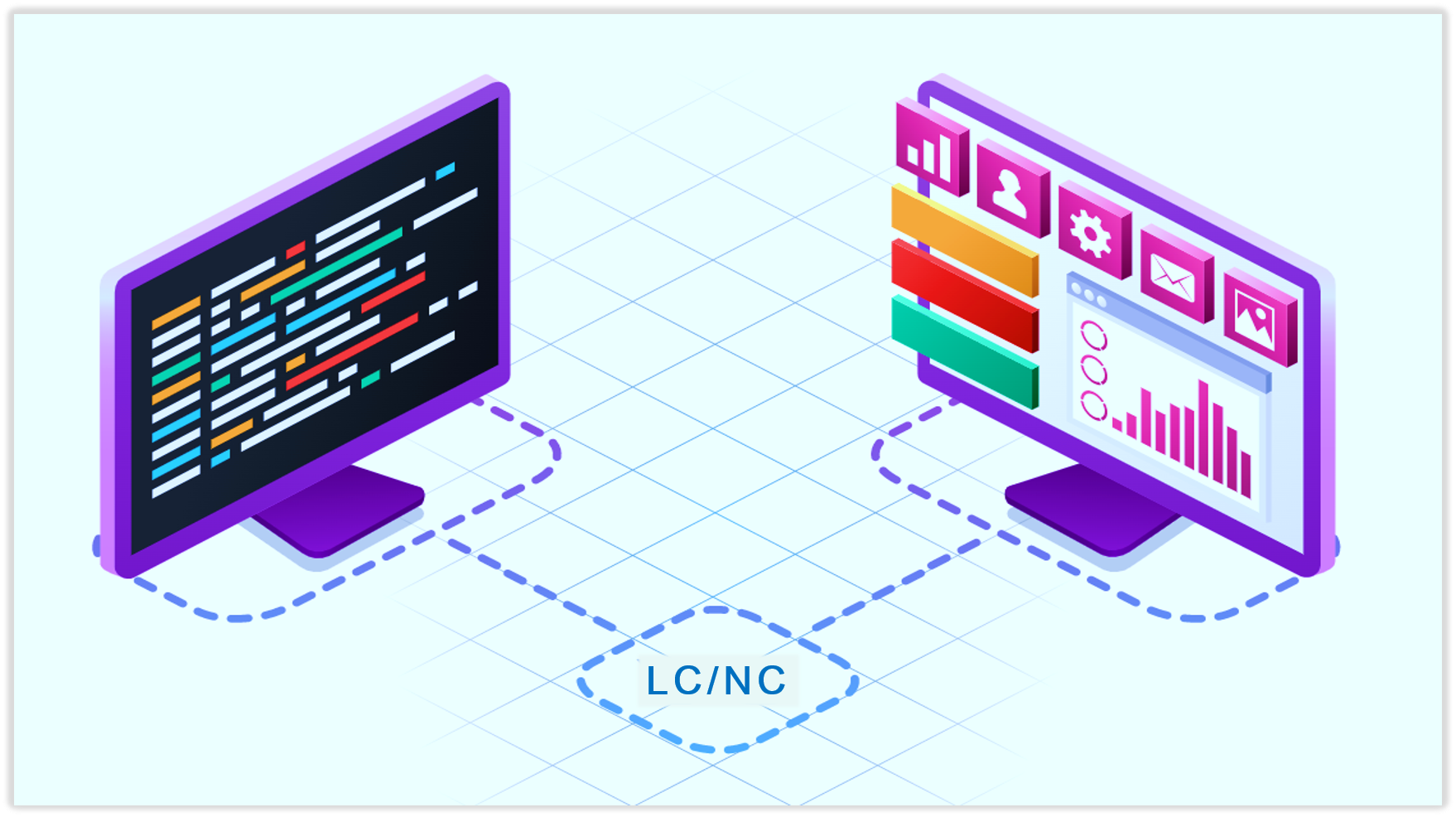
Low-Code/No-Code (LCNC) Application Development: Revolutionizing Business Solutions In the realm of application development, businesses traditionally faced two options: purchasing pre-made…

Are you facing challenges in finding the ideal software development partner for your project? The abundance of options can make…

Outsourcing software development has emerged as a cost-effective solution for numerous businesses, allowing them to optimize expenses without compromising project…

Mojo is a sophisticated predictive modeling technology developed by H2O.ai, the company renowned for its popular open-source machine learning platform,…
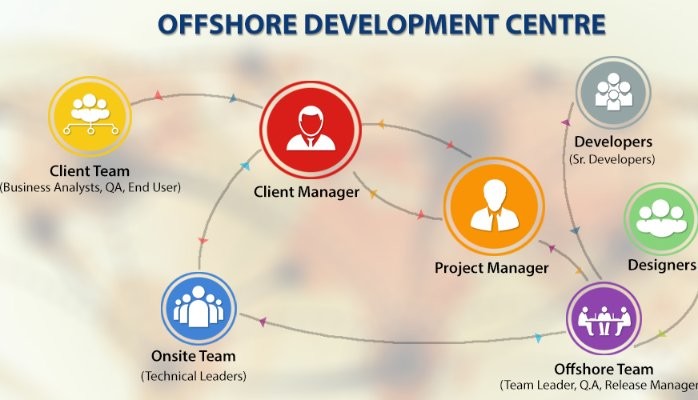
The emergence of remote work has ushered in a transformative employment landscape. A global phenomenon, millions of individuals worldwide have…
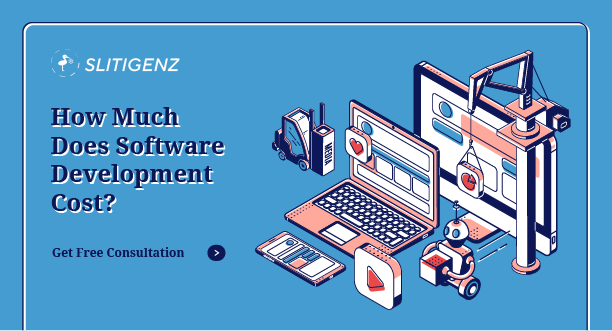
Determining the cost of software development is an essential preliminary step prior to embarking on its construction. It is imperative…

I may need your help. I tried many ways but couldn’t solve it, but after reading your article, I think you have a way to help me. I’m looking forward for your reply. Thanks.
Thanks for paying attention to our blog. Our consultation is free so you can leave your questions here and we will try to answer them asap.
Muchas gracias. ?Como puedo iniciar sesion?
Thanks for paying attention to our blog. Our consultation is free so you can leave your questions here and we will try to answer them asap.
I don’t think the title of your article matches the content lol. Just kidding, mainly because I had some doubts after reading the article.
Thanks for paying attention to our blog. Our consultation is free so you can leave your questions here and we will try to answer them asap